Brussels may be best known today as the political heart of the European Union, but its story stretches back far beyond modern diplomacy. Founded around a fortress on the Senne River in the 10th century, Brussels blossomed into a thriving trading hub during the Middle Ages. Today, it’s a dynamic blend of old-world grandeur and modern global influence—home to Gothic guildhalls and Art Nouveau façades as well as the headquarters of NATO and the European Parliament. Though the city has a formal reputation thanks to its political status, a closer look reveals a quirky, creative soul fueled by comics, chocolate, and a famously cheeky statue.
The Same
Whether you’re a couple exploring without kids (the DINKs) or a family traveling together, Brussels has a way of winning you over with its rich culture, stunning architecture, and irresistible food. Both our DINK and Family crews had one goal in mind: to get a taste of Belgium’s capital, literally and figuratively. We may have traveled with different needs and paces, but our adventures in Brussels brought plenty of shared joy. Here’s our “double take” on one of Europe’s most underrated gems.
The Atomium:
We started our time in Brussels with a scenic drive into the city, and right away we were greeted by one of the most unique monuments we’ve ever seen—the Atomium. This isn’t your typical statue or tower. Built for the 1958 World’s Fair (Expo 58), the Atomium is shaped like an iron crystal magnified 165 billion times. It’s made up of nine giant stainless steel spheres connected by tubes, and yes, you can go inside them. We didn’t go up on this short visit, but just standing beneath it was surreal. The structure is futuristic and bold, symbolizing post-war optimism and the scientific progress of the atomic age. It’s become a symbol of Brussels, and for good reason—it’s unlike anything else in Europe.
The Grand Place:
This was one of those “wow” moments that stopped us in our tracks. Surrounded on all sides by elaborately decorated buildings, the Grand Place is a UNESCO World Heritage Site that used to serve as the central market square. The ornate guildhalls glitter with gold details, and the towering Town Hall, built in the 15th century, still presides majestically over the square. It felt like walking into a fairy tale—or at least a Renaissance painting. No matter how many photos you’ve seen, the real thing is jaw-dropping.
Manneken Pis:
From there, we made our way to see Brussels’ most iconic—and most mischievous—resident: Manneken Pis. This tiny bronze statue of a little boy urinating into a fountain bowl has been delighting and confusing visitors since the early 1600s. It’s quirky and endearing, and we found ourselves chuckling at the fact that such a humorous statue has become a national treasure. Sometimes he’s even dressed up in costume (there are hundreds in his wardrobe), but today he was simply himself, proudly doing his thing.
Local Cuisine
We spent the rest of the day exploring the downtown area. You can’t come to Belgium and not treat yourself to some of its culinary staples, and we were all in.
- Belgian waffles. These were not your average breakfast waffles. They were thick, fluffy, and perfectly crisp on the outside, topped with everything from strawberries and whipped cream to melted chocolate and speculoos spread (our new obsession).
- Fries: Known locally as frites, they are double-fried to golden perfection and traditionally served in a paper cone with a hefty dollop of mayo or andalouse sauce. Yes, we did argue over which condiment was best, but we could all agree they were delicious.
- Belgian chocolate: This was a highlight for everyone. There are chocolate shops on nearly every corner, each more tempting than the last. We popped into a few artisanal boutiques and picked out pralines, truffles, and other beautifully crafted treats. The rich, creamy texture and bold flavors were a far cry from the chocolate we were used to back home. The kids (and let’s be honest, the adults too) couldn’t stop talking about it.
Throughout our visit, what stood out most wasn’t just the landmarks or the food, it was the vibe. Brussels has this curious mix of elegance and humor. It’s a place where Gothic spires and Art Nouveau buildings meet comic strip murals and a peeing statue. It’s a city that doesn’t take itself too seriously, and that’s part of its charm.
Brussels Town Hall
Brussels Town Hall, located in the heart of Grand Place, is one of the most stunning examples of Gothic architecture in Europe. Built in the early 15th century, its intricate stonework, soaring tower, and richly detailed facade immediately capture your attention. The tower, which rises to over 300 feet and is topped with a statue of Saint Michael slaying a demon, serves as a striking centerpiece for the entire square. Inside, the building is just as impressive, with grand halls and historic rooms that reflect the city’s political and cultural importance through the centuries. Whether you’re admiring it from the cobblestone square or taking a guided tour, the Town Hall stands as a powerful symbol of Brussels’ medieval past and civic pride.
Église Notre-Dame de Laeken
The Église Notre-Dame de Laeken (Church of Our Lady of Laeken) is a stunning neo-Gothic church located just north of central Brussels. Built in the 19th century, it is best known as the royal burial place of the Belgian monarchy. Commissioned by King Leopold I in memory of his beloved wife, Queen Louise-Marie, the church stands as both a place of worship and a national monument. Its elegant spires, ornate stonework, and beautiful stained glass windows make it a masterpiece of neo-Gothic design. Beneath the church lies the Royal Crypt, where generations of Belgian royals, including King Baudouin and King Albert I, are laid to rest. Peaceful and dignified, the Église Notre-Dame de Laeken offers visitors a moment of quiet reflection amid its rich history and architectural beauty.
The Dinks
St. Michael & St. Gudula Cathedral
The Cathedral of St. Michael and St. Gudula is one of Brussels’ most iconic landmarks, blending centuries of religious and architectural history. This magnificent Gothic cathedral, perched on a small hill not far from the city center, dates back to the 13th century and is dedicated to the patron saints of Brussels. As you approach, its twin towers dominate the skyline, reminiscent of Notre-Dame in Paris. Inside, the soaring vaulted ceilings, intricate stained glass windows, and detailed carvings create a sense of awe and reverence. Highlights include the baroque pulpit, beautiful chapels, and the crypt beneath the church, which holds remnants of earlier Romanesque structures. Whether you’re drawn by faith, architecture, or history, the Cathedral offers a peaceful and powerful experience.
Summary
While Brussels may not be the first city that comes to mind when planning a European adventure, it truly surprised us with its layered personality. Both our DINKs and Family travelers came with the simple goal of experiencing a bit of Belgium, and we left with memories that were both sweet and striking—literally and figuratively.
Between the towering spheres of the Atomium, the cobbled grandeur of the Grand Place, and the laughter sparked by Manneken Pis, Brussels served up a perfect mix of culture, history, and whimsy. Add in some world-class chocolate and fries, and you’ve got a city that delivers for every kind of traveler.
Whether you’re looking for a romantic city break or a fun and flavorful family outing, Brussels is well worth a stop on your European journey. Just bring your appetite—and maybe a few extra napkins for those frites.
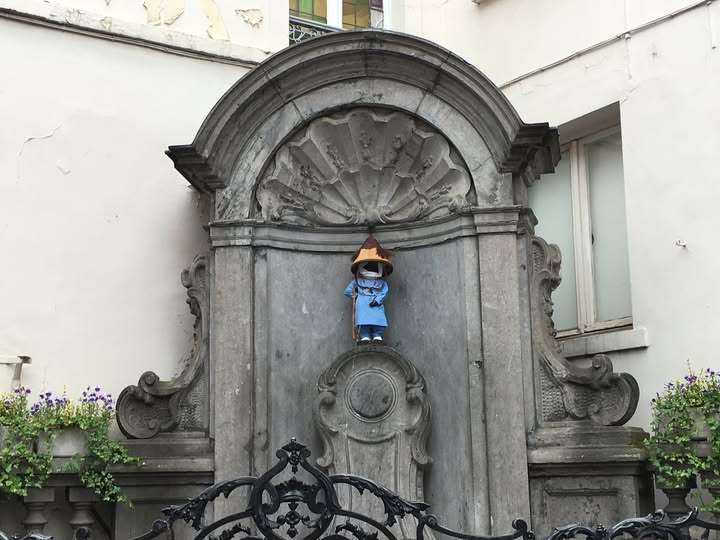
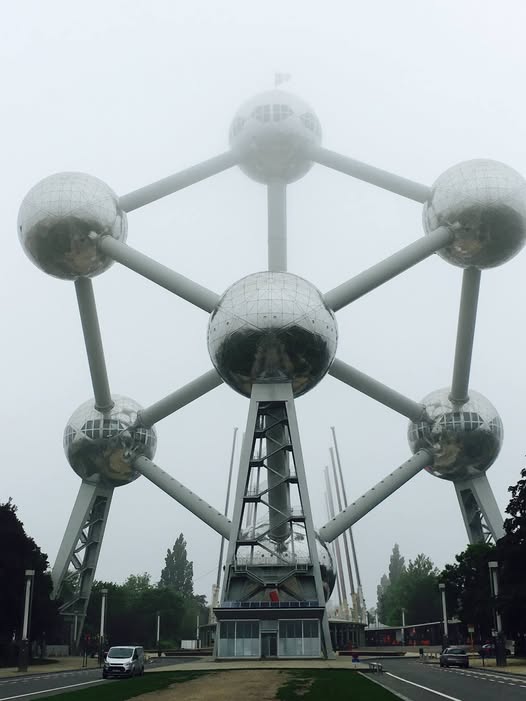
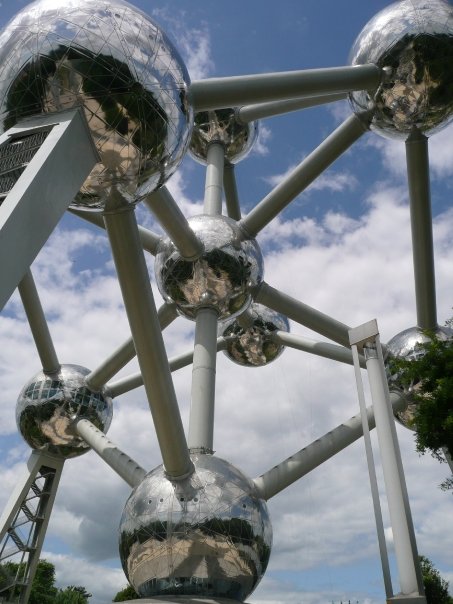
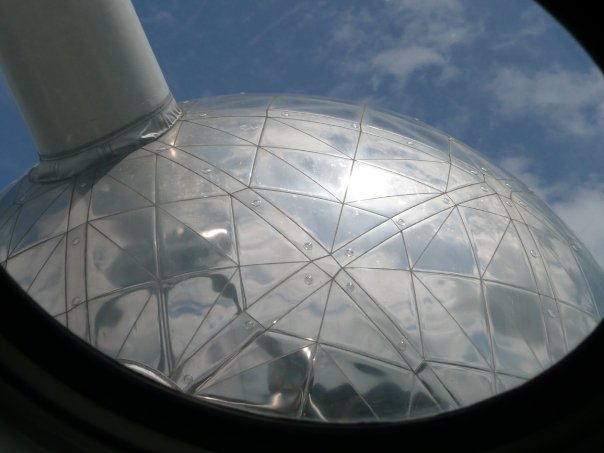
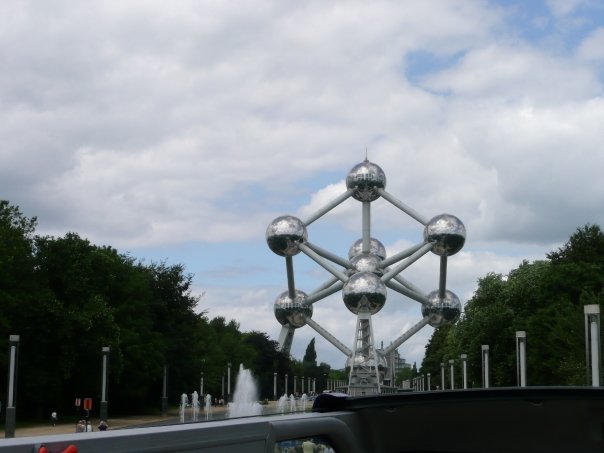
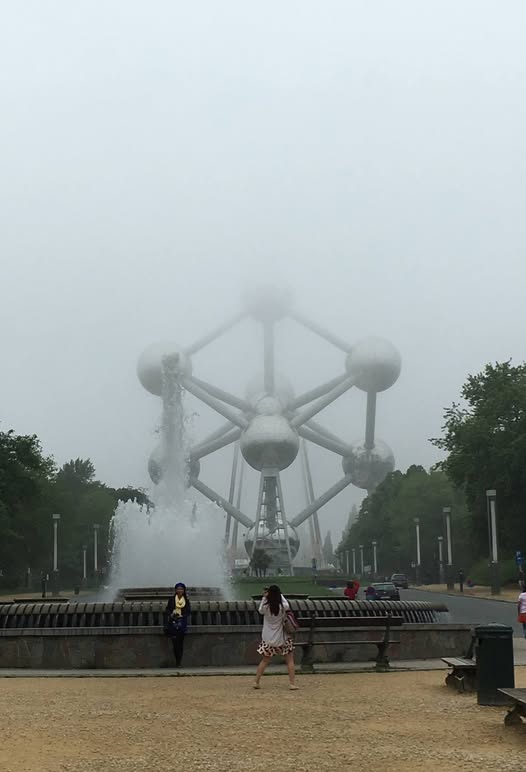
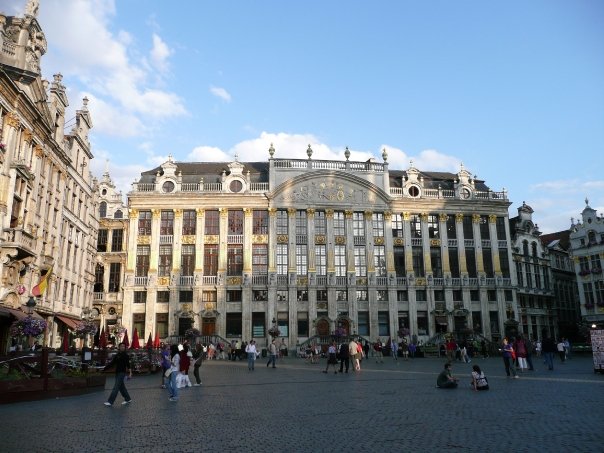
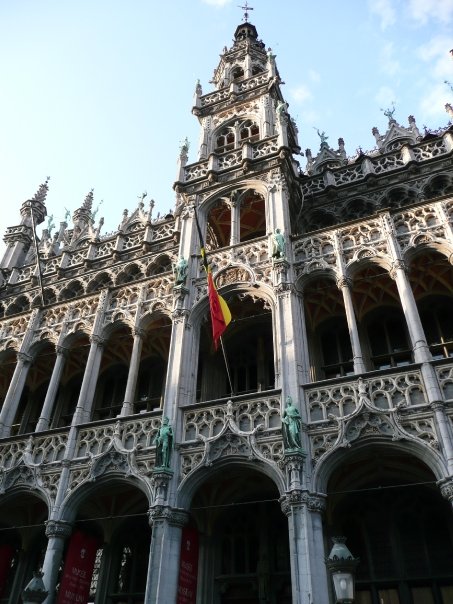
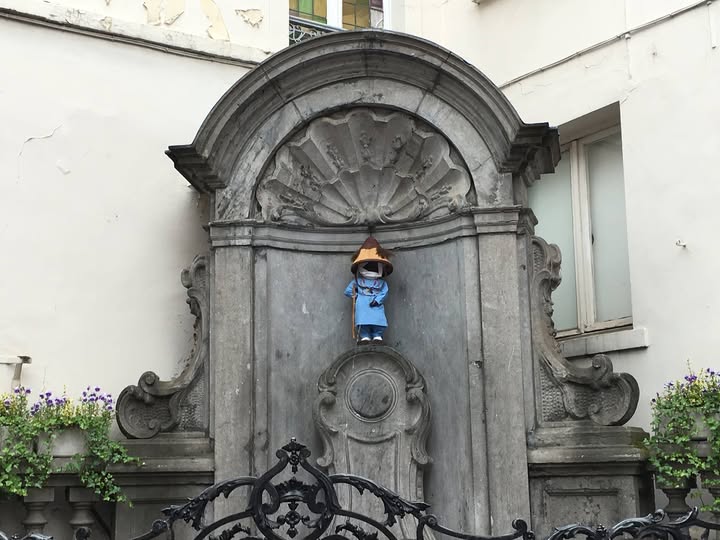
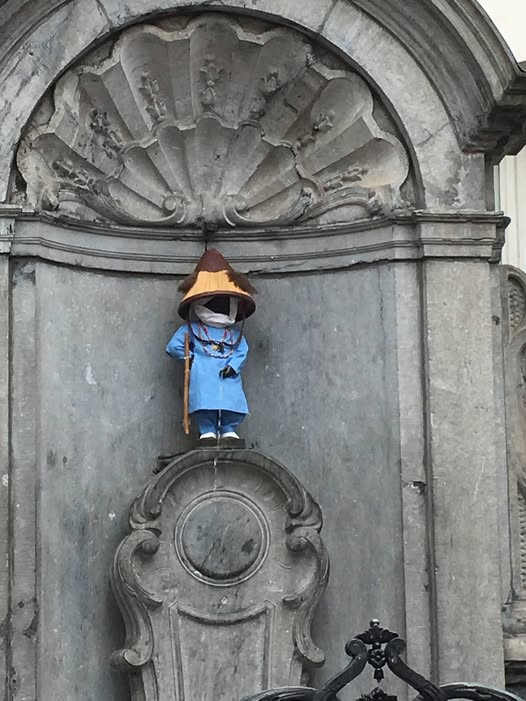
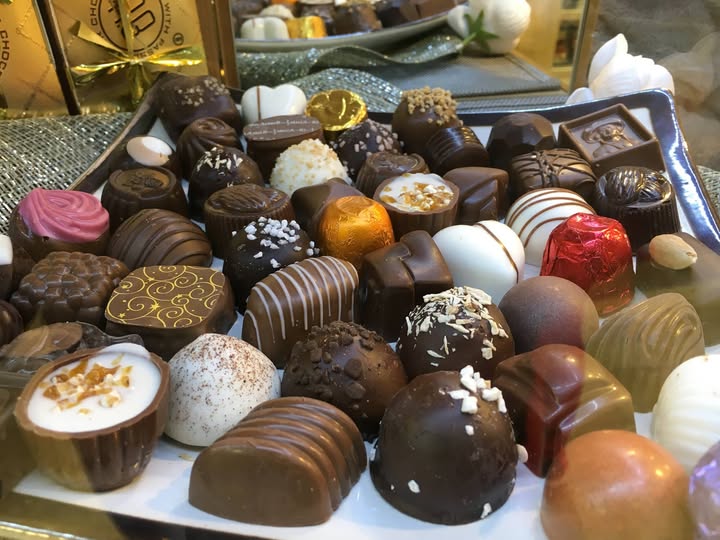
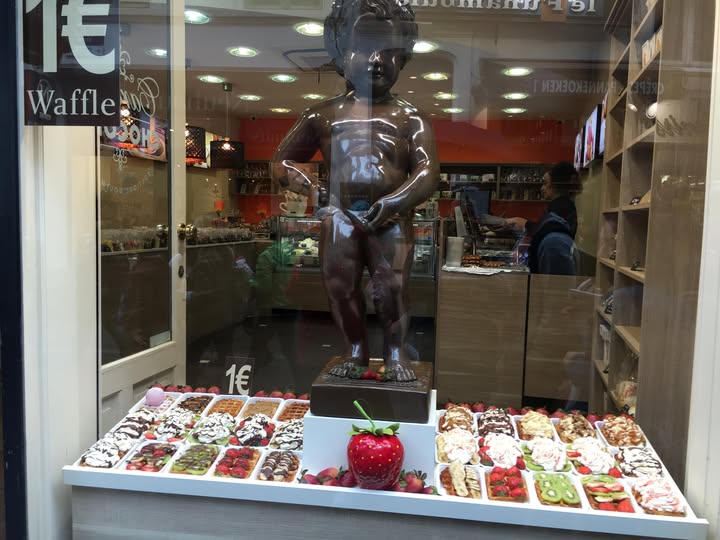
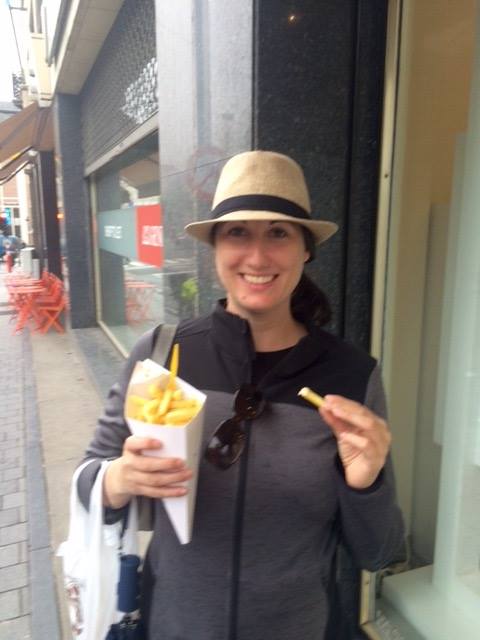
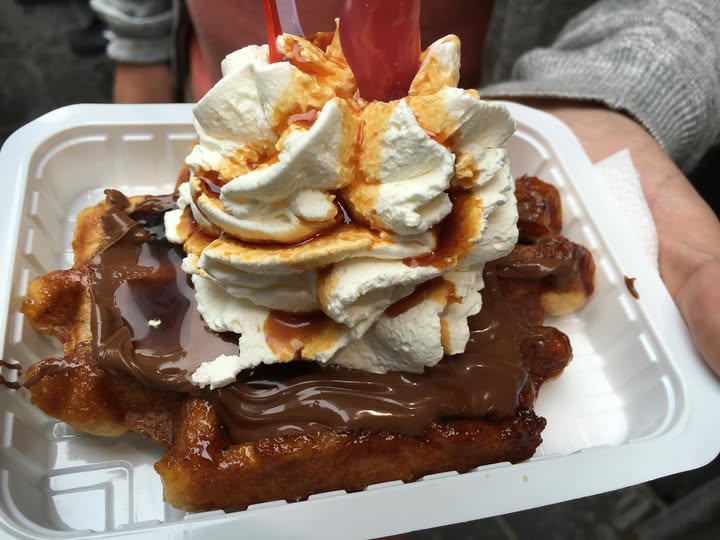
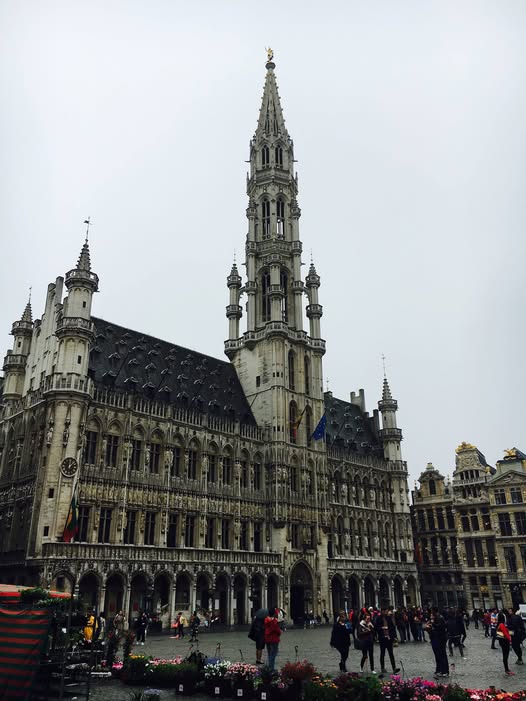
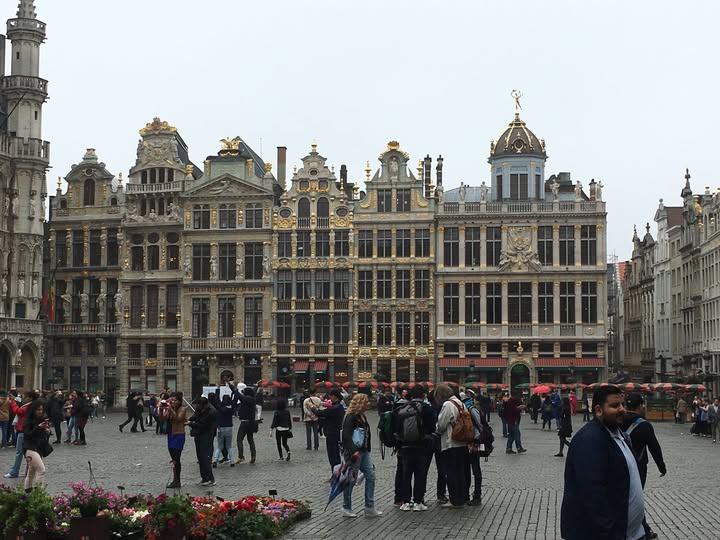
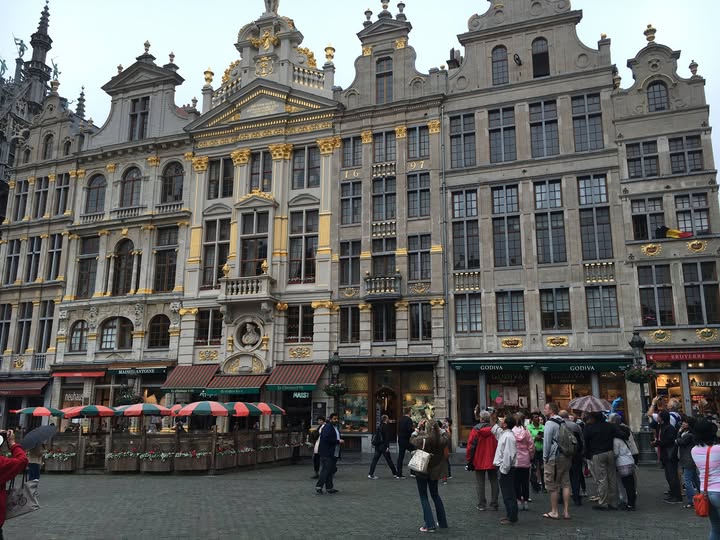
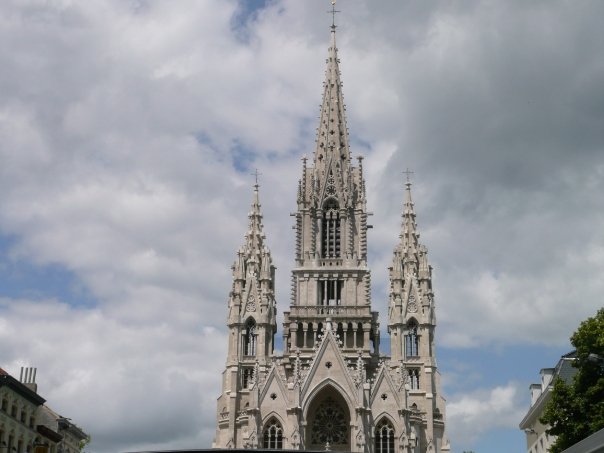

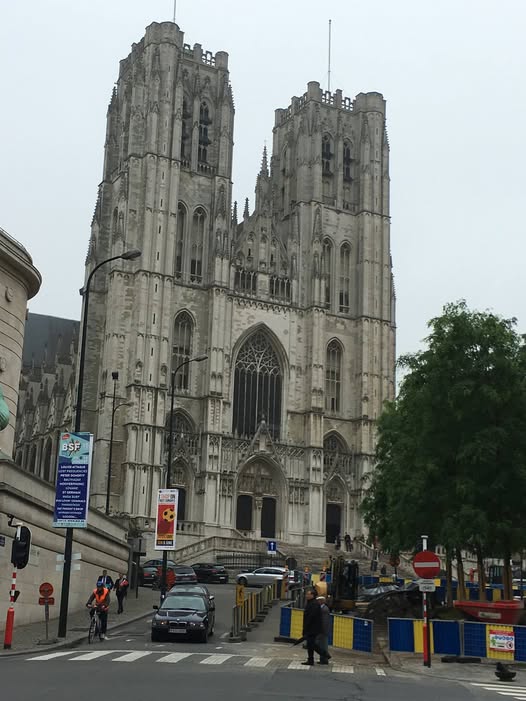



Leave a Reply